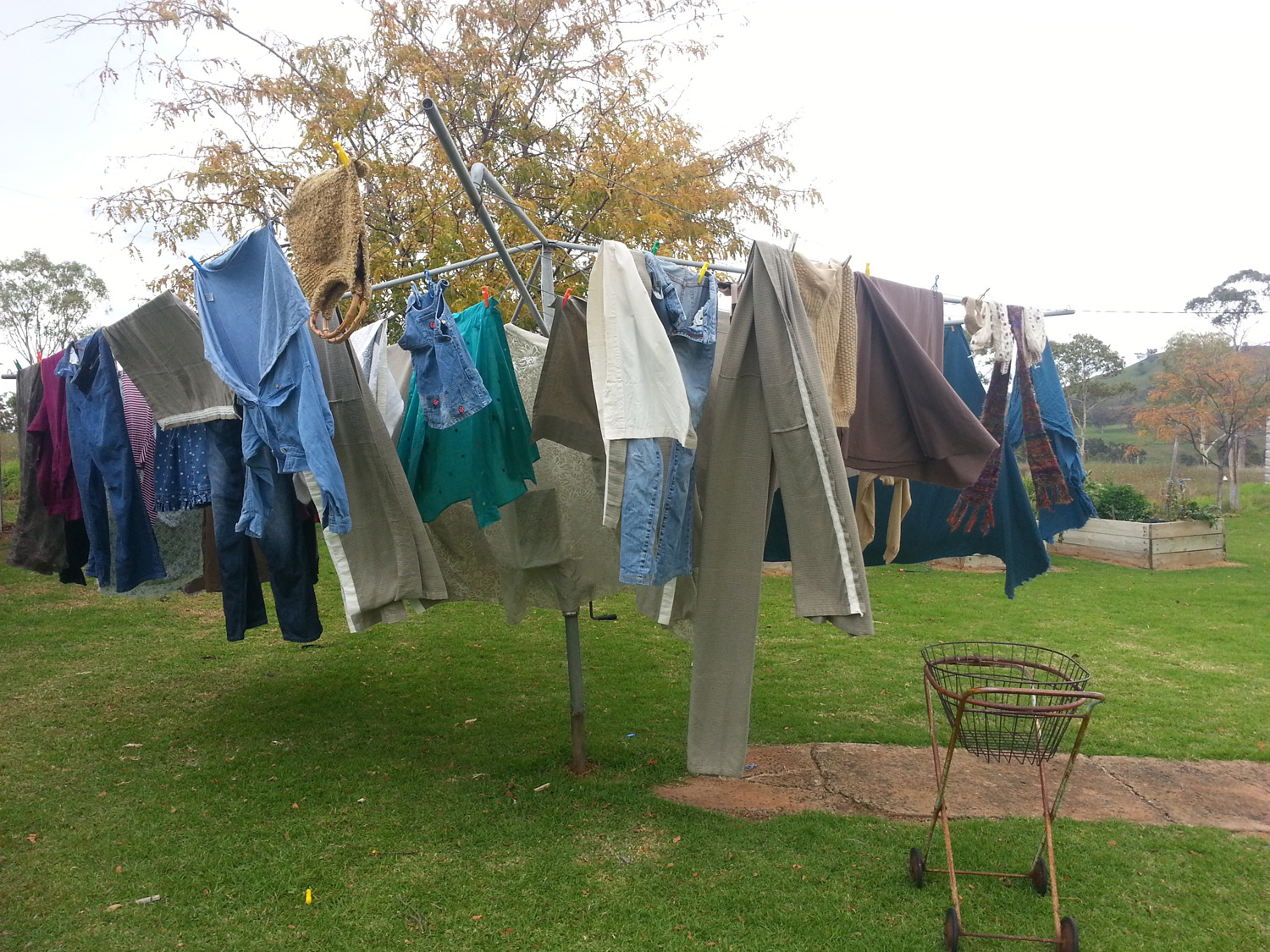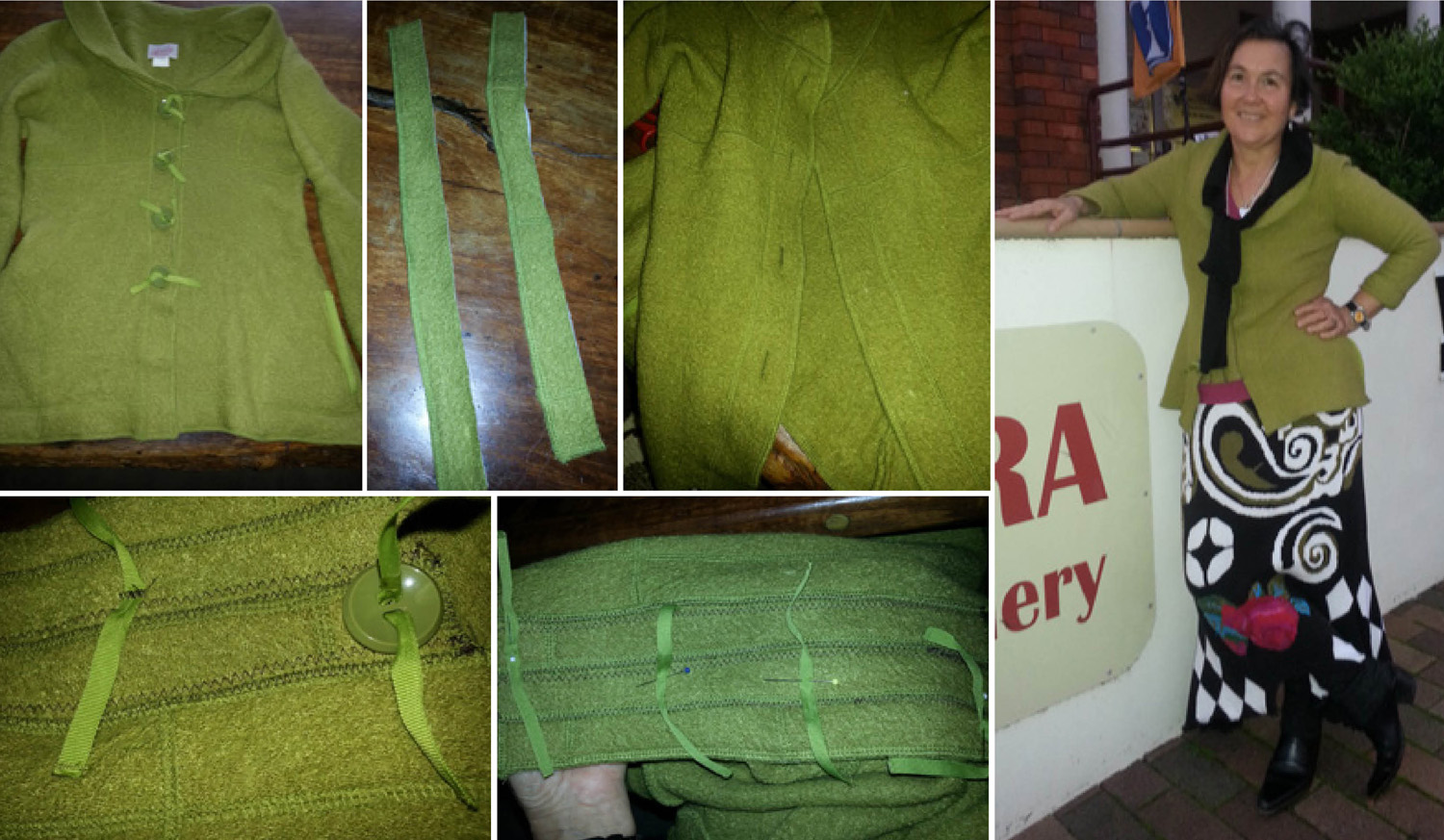 After our clothing has been made and sold, the main environmental impact comes from the way we wash and dry it.
After our clothing has been made and sold, the main environmental impact comes from the way we wash and dry it.
In The Sustainable Fashion Handbook by Sandy Black, the University of Oxford’s Chris Jardine estimates that each washing machine or dryer uses about 10 percent of an average household’s electricity consumption.
Simple options for reducing environmental impacts (and cost) of washing and drying are:
- Wash full loads – the energy required for a washing cycle is the same, regardless of whether the machine is full or empty;
- Wash at as low temperature as possible – heating the water uses most of the electricity required to run the machine;
- Dry garments on a line, not in a dryer – line dry garments outside on a washing line, or inside on a well-spaced clothes rack.
I can tick all those boxes because I always wash full loads using cold water and am fortunate to have a designated drying verandah.
Jardine also notes the social phenomenon of people washing clothes more often these days – apparently less to remove dirt than to remove smells. I wonder if there is connection between this trend and that two-thirds of our clothing is now made using synthetic fibres?
All the garments hanging on line in this pretty photo, below, are natural fibres from our opshop finds in Coolah – and the line itself is one of Australia’s famous and traditional Hills Hoist (watch this fascinating corporate video here) at Ele and Phil’s property at Coolah.
And so to Sew 138, a lettuce-green boiled wool opshop jacket that was a stylish shape but a tad too tight for my shape. I added extra space at the front by shifting the buttons. I trimmed the jacket hem and cut this strip of fabric into three then zigzagged them to the front of the jacket. I moved the buttons and ran them off-centre, so the jacket flares out more on the hips than it did previously. Seeing how these buttons work was an inspiration – they each had two slits and are fastened by a ribbon which is machine sewn to the garment, fed through the slits and knotted. Ingenious!

